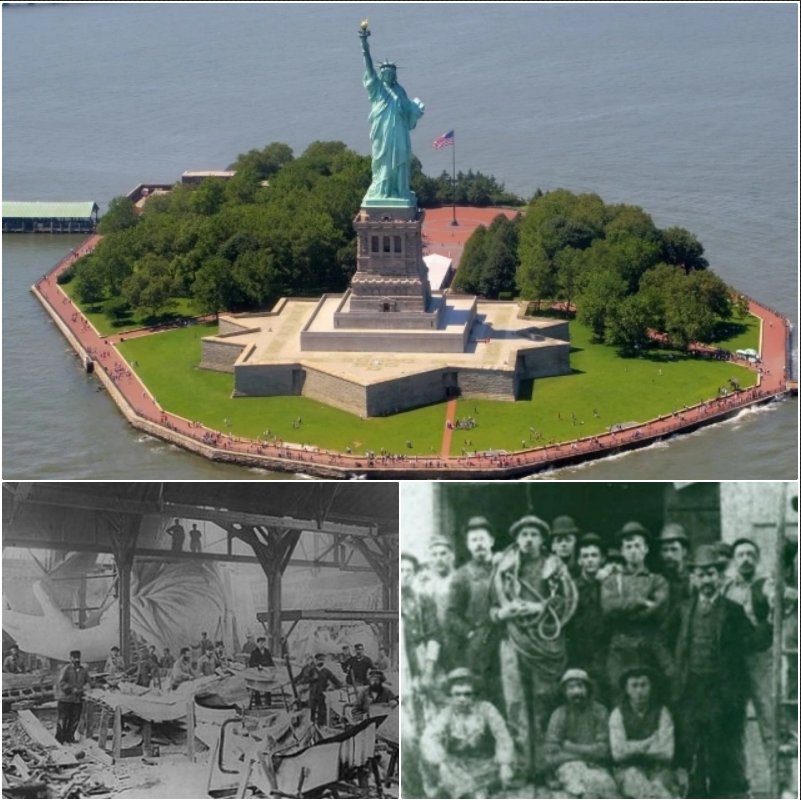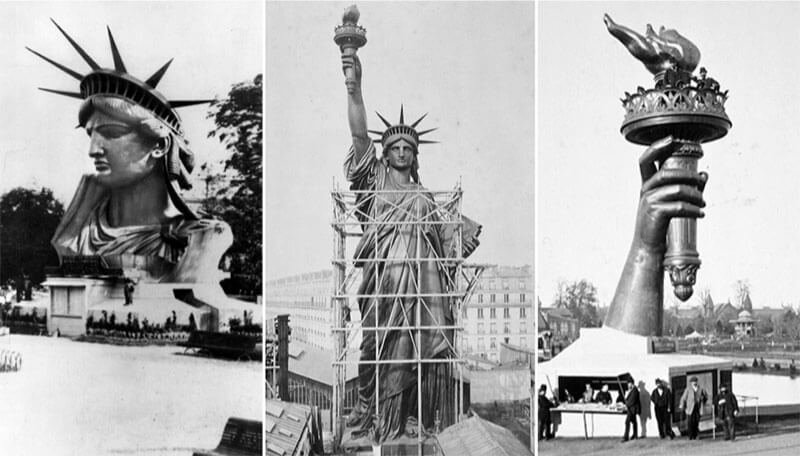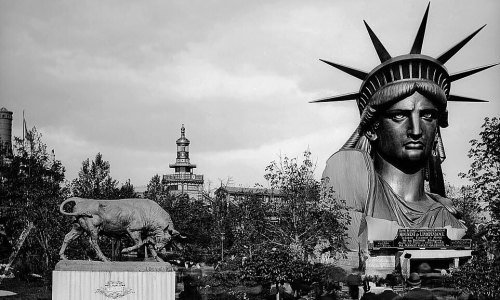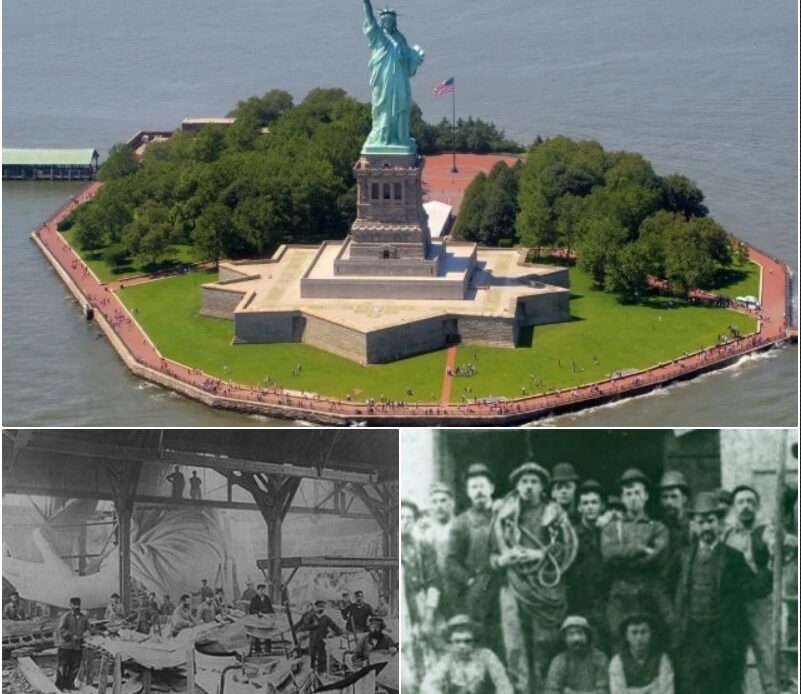The Statue of Liberty is one of the most iconic symbols of freedom and democracy in the world. Standing tall in New York Harbor, it has welcomed millions of immigrants, inspired generations, and become a defining landmark of the United States. However, few people know the fascinating story of how this colossal statue made its way from France to America. From its origins as a gift to its challenging journey across the Atlantic, the Statue of Liberty’s voyage is a tale of vision, craftsmanship, and perseverance.
## A Gift of Friendship and Freedom

The idea of the Statue of Liberty was first proposed in 1865 by Édouard René de Laboulaye, a French political thinker and supporter of American democracy. He wanted to celebrate the alliance between France and the United States while honoring America’s commitment to freedom and independence. The French sculptor Frédéric Auguste Bartholdi was chosen to design the statue, and he began work on what would become one of the most ambitious artistic projects of the 19th century.
Bartholdi envisioned a massive neoclassical sculpture that would represent liberty and enlightenment. The statue, officially named “Liberty Enlightening the World,” would depict a woman holding a torch high in one hand and a tablet inscribed with the date of America’s Declaration of Independence in the other. The project was embraced by the people of France, and fundraising efforts began to bring it to life.
## Engineering a Monumental Structure
The construction of the Statue of Liberty was a remarkable engineering feat. Standing at 151 feet tall (305 feet including its pedestal), the statue was made of copper sheets attached to an iron framework. To design the internal support system, Bartholdi enlisted the help of Gustave Eiffel, the engineer who later built the Eiffel Tower.
Eiffel’s design allowed the statue to remain stable while withstanding strong winds and weather conditions. The thin copper sheets were hammered into shape and carefully assembled to create the final form. By 1884, the statue was fully constructed in Paris, where it was displayed to the public before its journey to America.
## Disassembling the Statue for Transport

Once completed, the massive statue needed to be transported across the Atlantic Ocean. However, shipping an entire structure of this size was impossible. Instead, engineers decided to dismantle it into 350 individual pieces. Each section was carefully labeled and packed into over 200 crates to ensure proper reassembly once it arrived in the United States.
The logistical challenge of moving such a massive sculpture was immense. The crates containing the statue were loaded onto the French naval ship _Isère_, which was specially prepared for the journey. As _Isère_ set sail from France on May 21, 1885, anticipation grew in both countries for the statue’s arrival.
## A Perilous Journey Across the Atlantic
The voyage of _Isère_ was not an easy one. The ship encountered rough weather conditions, including powerful storms that threatened to delay its arrival. With such a valuable and historic cargo on board, the crew took every precaution to ensure the statue remained secure.
After nearly a month at sea, _Isère_ finally reached New York Harbor on June 17, 1885. Thousands of people gathered along the waterfront to witness the arrival of this extraordinary gift. The crates were carefully unloaded onto Bedloe’s Island (now Liberty Island), where preparations for its assembly were already underway.
## Constructing the Statue in New York

While France provided the statue itself, the United States was responsible for building its pedestal. This task was not without its challenges. Initially, funding for the pedestal was slow, and the project faced delays. However, thanks to a major fundraising campaign led by newspaper publisher Joseph Pulitzer, thousands of Americans contributed to help complete the base.
Once the pedestal was ready, the painstaking process of reassembling the statue began. Engineers used Eiffel’s iron framework to piece the copper plates back together. Workers labored tirelessly for months, carefully aligning each segment to restore the statue to its full glory.
Finally, on October 28, 1886, the Statue of Liberty was officially unveiled in a grand ceremony. President Grover Cleveland presided over the dedication, and Bartholdi himself was in attendance to witness the completion of his masterpiece.
## A Lasting Symbol of Freedom
Since its dedication, the Statue of Liberty has stood as a beacon of hope for people around the world. It became an enduring symbol of American ideals, particularly for immigrants arriving in the United States through Ellis Island in the late 19th and early 20th centuries.
Over the years, the statue has undergone various restorations to maintain its beauty and structural integrity. Today, it remains one of the most visited landmarks in the United States, drawing millions of tourists each year who come to admire its grandeur and reflect on its historical significance.
## Conclusion

The journey of the Statue of Liberty from France to America was not just a physical voyage but a testament to the enduring friendship between two nations and their shared values of liberty and democracy. From its conception to its challenging transportation and final assembly, the statue’s story is one of vision, perseverance, and international cooperation.
More than a century after its arrival, the Statue of Liberty continues to inspire people worldwide. It serves as a reminder of the power of unity, the pursuit of freedom, and the importance of preserving the ideals that define a nation.
